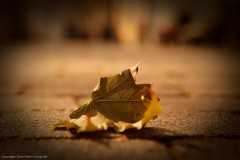
Rick Sammon says, “Light illuminates, shadows define” and this combination of light and shadows add a lot of drama to your captures. Sidelighting in this respect can radically increase the drama of an image by employing the lighting ratio that perfectly balances the light and shadows. This technique of photographic lighting adds shape, texture and three dimensional effect to the images. The side lit images with half lit and half dark areas enhances the feel of the photograph. This characteristic feature of not revealing everything in a image, adds interest, impact and drama. Learn how to make the most of sidelighting with the practical tips and examples that follow.
-
Side lighting is the landscape photographer’s friend
The direction of light plays an intrinsic role in bringing out the desired effect. Especially when you sweat for fine details and strive for filling the frame with rich textures and striking patterns of nature, sidelight is your friend. Sidelighting adds the richness and feel to the landscape photographs. Check out this quick tip by Scottbourne here. Closely look around yourself to capture the rough beauty of the astounding textures abundant in nature. Think wood, stone, sand ripples, rocks, tree leaves for instance to make the most of sidelighting as a landscape photographer.
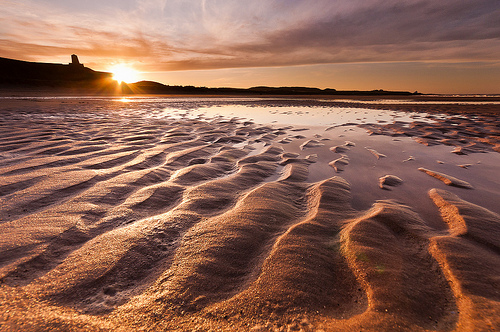
-
Emphasize textures, dimensions, shape with sidelighting
Sidelighting has the potential of revealing the shape, texture, dimension and realism. When the sunlight grazes the textured surface at a very acute angle, the textural details of the subject springs up prominently; thus making a strong impression of real textures.
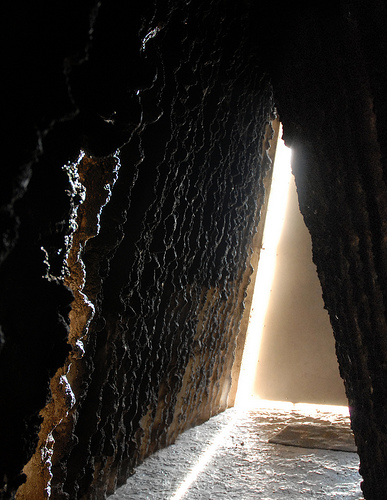
-
Exaggerate depth and dimension
While sidelight is good at revealing the textures, it is equally useful for highlighting the shape, form and contours of the subject. Sidelight essentially seperates the background from the subject and exaggerates depth and adds dimension to otherwise flat images.
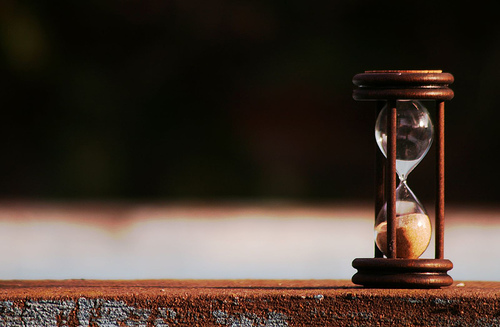
-
Photograph the interplay of highlights and shadow
Shadows are one of the prominent features of sidelighting. The shadows appear longest and most distinct under side lighting. Not only is the dimension of the shadow that matters, it is also the contrast of the bright and dark areas that makes the side lit photographs impressive and interesting.
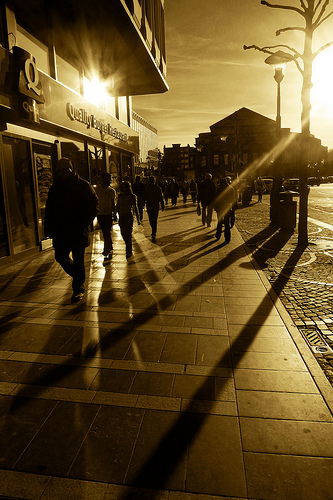
-
Side lighting acts as raking light for food photography
An essential quality of food photography is to make wonderous (and mouth-watering) photographs of the meals. And side lighting does a good job in tickling the taste buds. Well, it is not the side light though, it is the pleasing contrast and richness of textures that stimulates the taste. Check out what Matt Dutile has to say about this.
Learn to work with window light (specifically the light falling from one side). There are plenty of different ways to light food, but many food photographers and magazines hold window light in high regard. You can create very pleasing contrasts, fill in with white cards, backlight for a fade away affect and much more. Generally, it gives food a very earthy and wholesome feel.
-
Side lit the subject for a glowing effect
Just like backlighting and edge-lighting, sidelighting can also be used creatively to add the glowing effect. Check out the series of Calla Lily shots taken by Bill Gracey for some inspiration on how sidelighting makes the subject more lively and colorful.
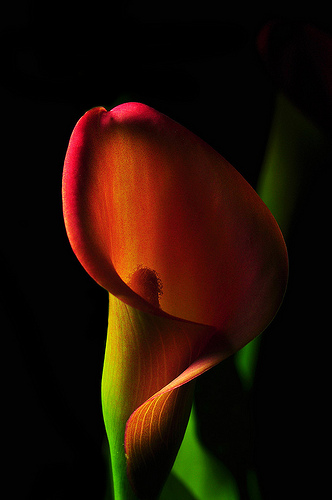
-
Adds dramatic look & feel to the portraits
Side light can also be employed to add a dramatic look to the photographs. With a side lit photograph, one side of the subject is well illuminated while the other side may be totally dark or partially illuminated. You can however exaggerate the effect by altering the intensity of shade and brightness. Again the contrast of bright areas and the dark areas comes into the play to create interesting shadows or washed out effect or both at the same time.
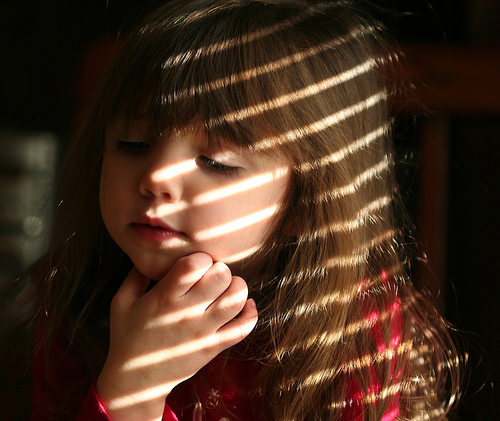
-
Render sharp outline with sidelighting
One of the most effective uses of sidelighting is to render sharp outline. This magical shot happens when the camera is at the right angle with respect to the subject and the light. The darkened background and side lit subject gives an impression of sharp outline of the subject.
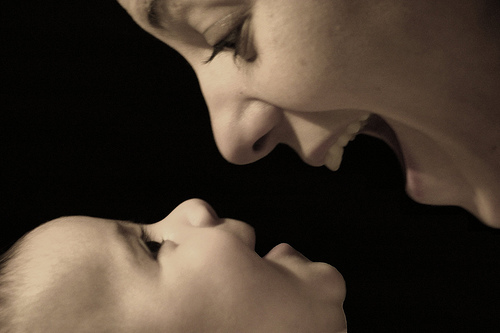
-
Side light has a prominent effect on black & white photographs
Sidelighting is an effective technique for highlighting the textures and rendering shadows; which ultimately creates mood for black and white photographs. The rendition of fine details and the interplay of highlights and shadows portrays shades and tones. These shades and tones add definition to the image and encompasses the tonal range which makes black and white photographs classy.
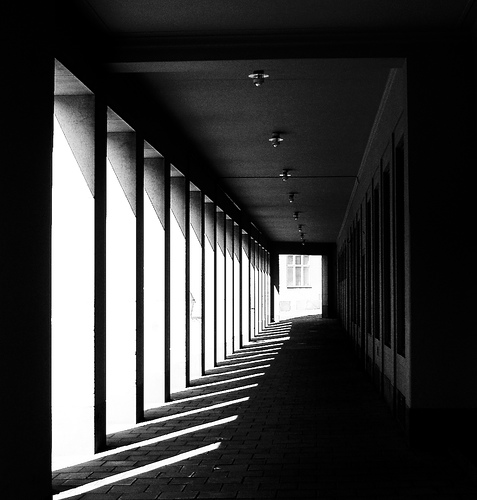
-
Side lighting is effective for close-up portraits of wildlife
Wildlife photographer Craig Jones is a big fan of sidelighting. He uses sidelight for creating wonderful and dramatic images of wildlife. Check out his commentary on sidelight.
Side Lighting is really effective when shooting close up portraits of wild animals and birds. The contours of the face are really well revealed, the texture of the fur and feathers really stand out a great deal more due to this mode of lighting. Side Lighting gives you the best results when the sun is low in the sky eg. Sunset, Sunrise.
-
Side lighting and high contrast
High contrast is a typical scenario with most of the side lit scenes. When the angled sunlight is obstructed by the subject, the bright light of the sun is supressed to produce prominent shadows that result in a high contrast scene as in the following example. The photographer thoroughly enjoys the bright light of the sun to set apart the plenty of shadows — some subtle while others too strong.
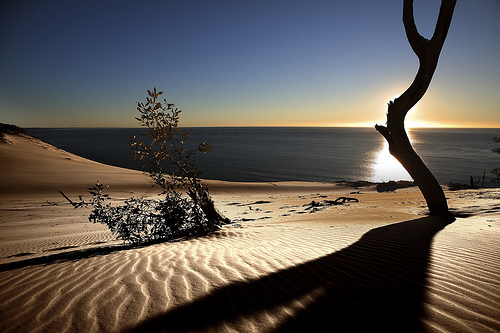

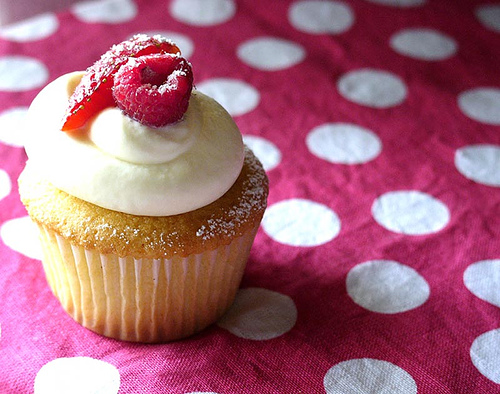
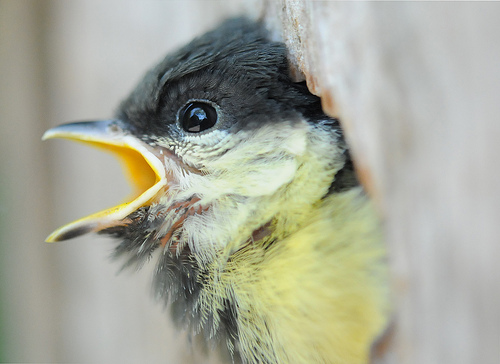

“”” … Sidelighting in this respect can radically increase the drama of an image by employing the lighting ratio that perfectly balances the light and shadows. This technique of photographic lighting adds shape, texture and three dimensional effect to the images. … “””
Thanks so much. Very impressive to me.